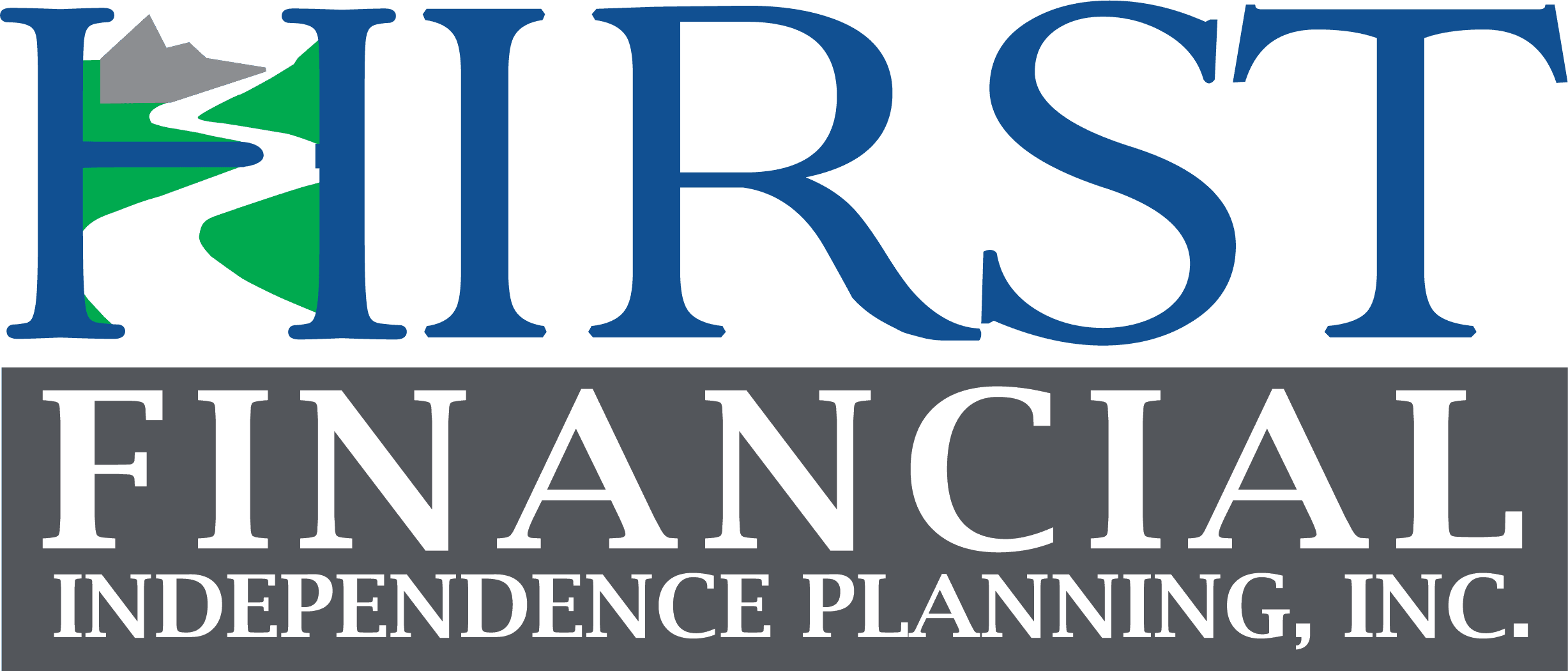The Tax Cuts and Jobs Act made a lot of changes. It was the single largest tax reform bill in nearly 30 years. However, the impact of the TCJA might be a lot broader than most realize. Almost every small business owner in the country is impacted by a new tax deduction called 199A. Amazingly, many people haven’t done any planning for it yet and 2018 is already in the books!
The 199A deduction at its core is a brand new tax deduction for business owners of pass-through business entities (i.e., partnerships, LLCs and sole-proprietorships). At its best, the 199A deduction can represent up to a 20 percent deduction on all of the business owner’s qualified business income. Just think about that! This new deduction can get rid of taxes on 20 percent of your qualified business income!
But – and it’s a big but – you need to meet certain qualifications to qualify for the deduction.
Do You Qualify?
First, you need to determine if your business entity qualifies for the deduction. Remember, this is only for pass-through entities. Additionally, the deduction is only on qualified business income, and not available for wage income. If you happen to run an S-Corp, for instance, and take a W-2 income stream, it doesn’t qualify for the 20 percent deduction.
The deduction could also be limited by the type of business in which you are engaged, your taxable income, W-2 wages paid and the unadjusted basis immediately after acquisition (UBIA) of qualified property.
Income-Based Limitations
The income-based limitations are extremely important to note*:
Single individual
$157,500 to $207,500 (2018)
$160,700 to $210,700 (2019)
Married Filing Jointly
$ 315,000 to $415,000 (2018)
$ 321,400 to $421,400 (2019)
If the business owner has less than the threshold amounts, it becomes fairly straightforward: take the QBI and deduct 20 percent of it against that specific trade or business. If the business owner’s taxable income is above the income limits, you will need to determine if the business is a specified service trade or business (SSTB). Under 199A, a specified service trade or business is defined as:
Any trade or business involving the performance of services in the fields of health, law, accounting, actuarial science, performing arts, consulting, athletics, financial services, brokerage services, or any trade or business where the principal asset of such trade or business is the reputation or skill of 1 or more of its employees. (TCJA removed architecture and engineering)
The new regulations helped define a few areas of what it means to be an SSTB for purposes of 199A. For example, whether a business identifies as a SSTB is a factual determination, and several examples were provided by the IRS to clarify this.
Additionally, for any trade or business with gross receipts of $25 million or less, if more than 10 percent of gross revenue comes from an SSTB activity, then the entire business will be treated as an SSTB and subject to the 199A limitations. For businesses above the $25 million mark in gross revenue, if just 5 percent or more of the revenue comes from an SSTB activity then the entire business is treated as such.**
If you are a specified service business owner, and your 199A deduction is phased out across the income limitation range, it is completely lost if your income is above the top end of the range.
For a non-SSTB owner who earns over the income ranges, a potential limitation on the 199A deduction will phase in, and you will only be able to deduct the lesser of 20 percent of QBI or the greater of 50 percent of W-2 wages paid or 25 percent of W-2 wages plus 2.5 percent of the UBIA of qualified property. So, if you are not an SSTB business owner making more than the upper end of the ranges, rent your building, and pay no W-2 wages, you will lose out on the 199A deduction completely
When doing planning, you need to be able to figure out your type of business and if it qualifies. Next, figure out the QBI of the business and your taxable income before the 20 percent deduction is taken.
If you are above the thresholds, you might want to consider trying to lower your taxable income by finding additional deductions by saving more for retirement in a 401(k), IRA, HSA or defined benefit plan. By saving in the set types of plans, you can reduce your taxable income, save for retirement and qualify for the tax deduction.
Now, for non-SSTB owners, you might want to consider taking some W-2 wages if appropriate or buying a building you rented in the past to maximize your 199A deduction.
In the end this area of business owner and tax planning is extremely complex. For some people, there is not much planning to be done. For others, it could require business reorganizations, adding W-2 employees, buying property or setting up retirement savings options.
Make sure you speak with an advisor and accountant about your best avenues for maximizing your available deductions and planning needs.
*27 Qualified Business Income. For taxable years beginning in 2019, the threshold amount under § 199A(e)(2) is $321,400 for married filing joint returns, $160,725 for married filing separate returns, and $160,700 for single and head of household returns.
https://www.irs.gov/irb/2018-49_IRB
**https://www.irs.gov/pub/irs-drop/td-reg-107892-18.pdf
This article is designed to provide accurate and authoritative information on the subjects covered. It is not, however, intended to provide specific legal, tax, or other professional advice. For specific professional assistance, the services of an appropriate professional should be sought.


